"Big data" is a field that treats ways to analyze, systematically extract information from, or otherwise deal with data sets that are too large or complex to be dealt with by traditional data-processing application software. Data with many cases (rows) offer greater statistical power, while data with higher complexity (more attributes or columns) may lead to a higher false discovery rate. Big data challenges include capturing data, data storage, data analysis, search, sharing, transfer, visualization, querying, updating, information privacy and data source. Big data was originally associated with three key concepts: volume, variety, and velocity.


Data science is a multi-disciplinary field that uses scientific methods, processes, algorithms and systems to extract knowledge and insights from structured and unstructured data. Data science is the same concept as data mining and big data: "use the most powerful hardware, the most powerful programming systems, and the most efficient algorithms to solve problems". Data science is a "concept to unify statistics, data analysis, machine learning and their related methods" in order to "understand and analyze actual phenomena" with data. It employs techniques and theories drawn from many fields within the context of mathematics, statistics, computer science, and information science.
Robotic process automation (or RPA) is an emerging form of business process automation technology based on the notion of metaphorical software robots or artificial intelligence (AI) workers. In traditional workflow automation tools, a software developer produces a list of actions to automate a task and interface to the back-end system using internal application programming interfaces (APIs) or dedicated scripting language. In contrast, RPA systems develop the action list by watching the user perform that task in the application's graphical user interface (GUI), and then perform the automation by repeating those tasks directly in the GUI. This can lower the barrier to use of automation in products that might not otherwise feature APIs for this purpose.

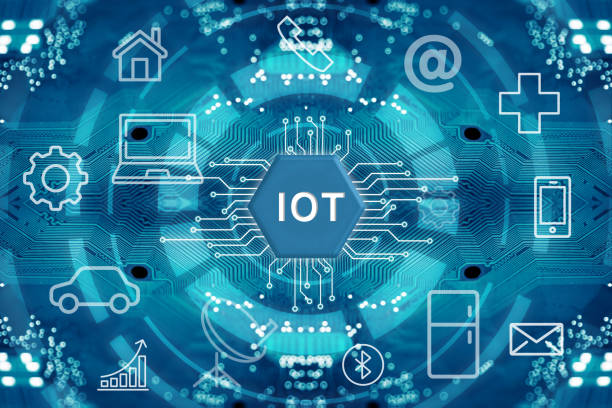
The Internet of things (IOT) is the extension of Internet connectivity into physical devices and everyday objects. Embedded with electronics, Internet connectivity, and other forms of hardware (such as sensors), these devices can communicate and interact with others over the Internet, and they can be remotely monitored and controlled. The definition of the Internet of things has evolved due to the convergence of multiple technologies, real-time analytics, machine learning, commodity sensors, and embedded systems. Traditional fields of embedded systems, wireless sensor networks, control systems, automation (including home and building automation), and others all contribute to enabling the Internet of things. In the consumer market, IoT technology is most synonymous with products pertaining to the concept of the "smart home", covering devices and appliances (such as lighting fixtures, thermostats, home security systems and cameras, and other home appliances) that support one or more common ecosystems, and can be controlled via devices associated with that ecosystem, such as smartphones and smart speakers.
A blockchain, originally block chain,is a growing list of records, called blocks, that are linked using cryptography.Each block contains a cryptographic hash of the previous block, a timestamp, and transaction data (generally represented as a Merkle tree). By design, a blockchain is resistant to modification of the data. It is "an open, distributed ledger that can record transactions between two parties efficiently and in a verifiable and permanent way". For use as a distributed ledger, a blockchain is typically managed by a peer-to-peer network collectively adhering to a protocol for inter-node communication and validating new blocks. Once recorded, the data in any given block cannot be altered retroactively without alteration of all subsequent blocks, which requires consensus of the network majority. Although blockchain records are not unalterable, blockchains may be considered secure by design and exemplify a distributed computing system with high Byzantine fault tolerance. Decentralized consensus has therefore been claimed with a blockchain.
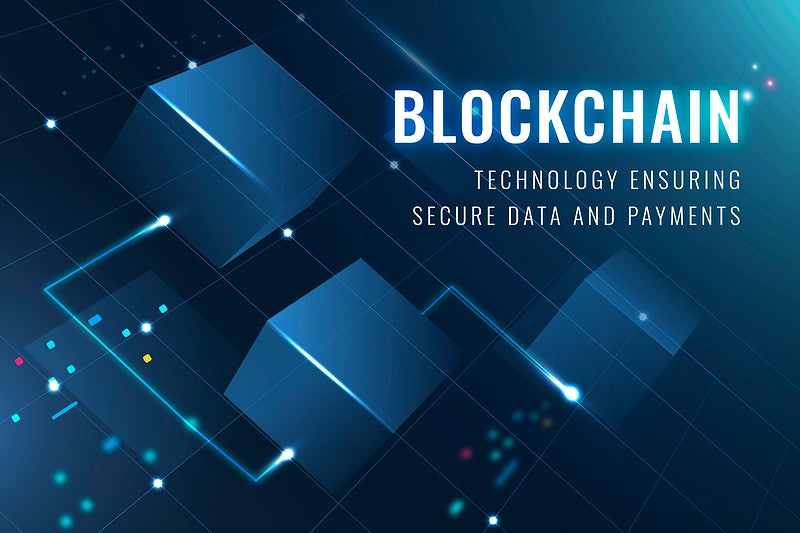

.NET is an open source developer platform, created by Microsoft, for building many different types of applications. .NET is a free, cross-platform, open source developer platform for building many different types of applications. .NET Core is a cross-platform .NET implementation. .NET Framework is a software framework developed by Microsoft that runs primarily on Microsoft Windows. It includes a large class library named as Framework Class Library and provides language interoperability across several programming languages. ASP.NET Core is a cross-platform, high-performance, open-source framework for building modern, cloud-based, Internet-connected applications. With ASP.NET Core, you can: Build web apps and services, IoT apps, and mobile backends. Use your favorite development tools on Windows, macOS, and Linux. Deploy to the cloud or on-premises. Run on .NET Core or .NET Framework.
Java is a general-purpose programming language that is class-based, object-oriented, and designed to have as few implementation dependencies as possible.There are millions of applications and websites that will not work unless you have Java installed, and more are created every day. Java is fast, secure, and reliable From laptops to datacenters, game consoles to scientific supercomputers, cell phones to the Internet, Java is everywhere! Java is a widely used programming language expressly designed for use in the distributed environment of the internet.
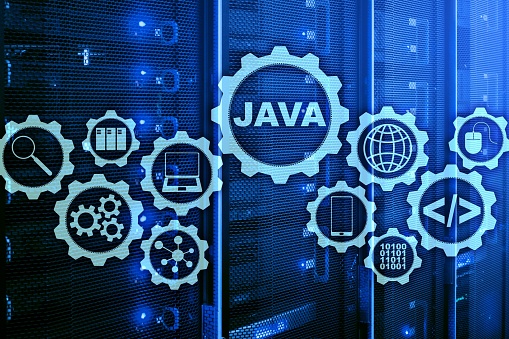
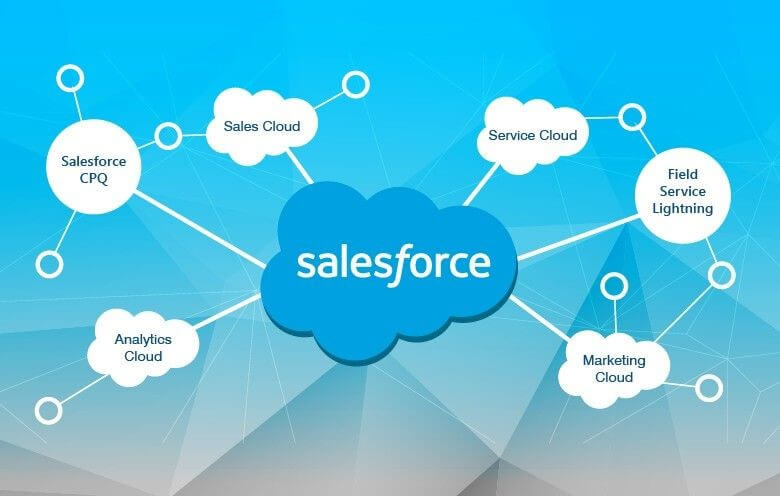
Salesforce is a cloud-based customer relationship management (CRM) platform for supercharging every part of client that interacts with the customers - Including marketing, sales, commerce, services and more. Salesforce integrates all your teams and technologies around one CRM platform so that every employee can interact with your customers like a single company, not a series of different, disconnected departments.Thought the bulk of its revenue comes from its customer-relationship management services, Salesforce training also sells a complementary suite of enterprise applications focused on customer service, marketing automation analytics and application development.
Informatica is a market leader in Data Integration and Data Quality services. Informatica is successful ETL and EAI tool with significant industry coverage. ETL refers to extract, transform, load. One of major reason for Informatica ETL tool's success is its capability of enabling Lean Integration. Informatica PowerCenter is a widely used extraction, transformation and loading (ETL) tool used in building enterprise data warehouses. The components within Informatica PowerCenter aid in extracting data from its source, transforming it as per business requirements and loading it into a target data warehouse.
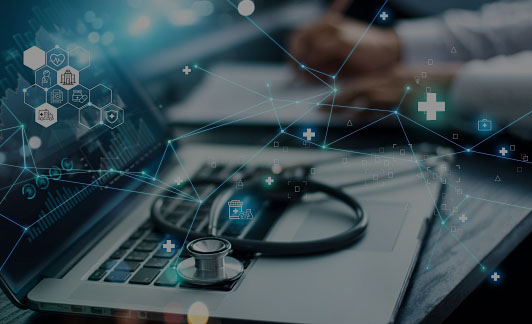

Mobile Computing is a technology that allows transmission of data, voice and video via a computer or any other wireless enabled device without having to be connected to a fixed physical link. Mobile computing is human–computer interaction in which a computer is expected to be transported during normal usage, which allows for transmission of data, voice and video. Mobile computing involves mobile communication, mobile hardware, and mobile software. Communication issues include ad hoc networks and infrastructure networks as well as communication properties, protocols, data formats and concrete technologies. Hardware includes mobile devices or device components. Mobile software deals with the characteristics and requirements of mobile applications.
Cloud computing is the on-demand availability of computer system resources, especially data storage and computing power, without direct active management by the user. The term is generally used to describe data center's available to many users over the Internet. Large clouds, predominant today, often have functions distributed over multiple locations from central servers. If the connection to the user is relatively close, it may be designated an edge server. Clouds may be limited to a single organization (enterprise clouds[1][2]), be available to many organization's (public cloud), or a combination of both (hybrid cloud). Cloud computing relies on sharing of resources to achieve coherence and economies of scale.

